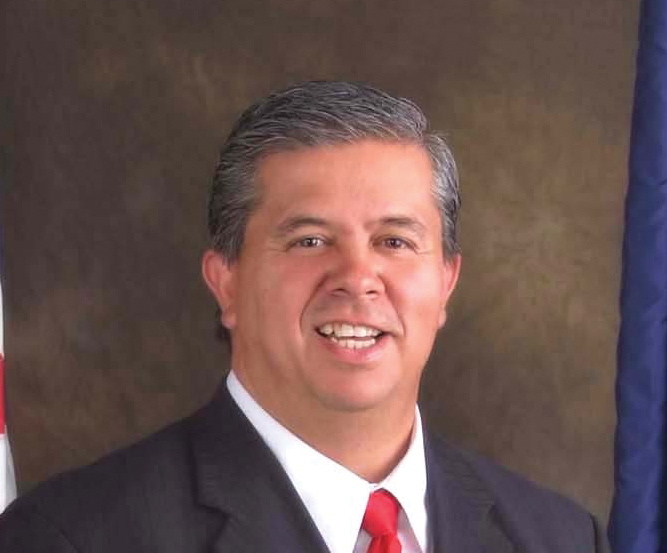The State Department of Education released grant applications May 6 for schools hoping to win a share of $3 million in technology pilot programs.
The 2013 Legislature created the program and outlined its structure in Senate Bill 1999, one aspect of the late-session budget debate that extended lawmakers’ stay in the Statehouse.

Superintendent of Public Instruction Tom Luna said Monday morning that he is pleased the state was able to release the applications one month after the session adjourned.
“Districts have been anxiously awaiting this, asking what’s the email address (to send the applications to) because they’re ready to push the send button,” Luna said. “It’s kind of fast-paced, and the reason it’s on this fast pace is we want to see as many of these pilots as possible begin this coming school year.”
There is no set limit on the number of projects, but Luna said he expected the awards to be “fewer in number and larger in scope.”
Individual schools will be able to submit applications to use the money for professional development, infrastructure expansion and increased technology designed to improve education under the new Idaho Core Standards.
In addition to the $3 million in grants, the Legislature is sending another $8 million to schools that will be available outside of the competitive application process.
“We’re looking for models that are scalable and sustainable,” Luna said. “We’re not looking to fund pilots where we end up with a project we cannot duplicate and make scalable across the state. Then we end up creating haves and have-nots.”
Grant proposals must be submitted via email to director of instructional technology Alex Macdonald by midnight on June 14. Information about the application process is available at the department’s website.
A panel of education stakeholders and department staffers will review the proposals, with the applicants’ identities hidden. Schools that are selected will be notified by mid-June, and the money will be awarded July 1 so schools may implement their plans in 2013-14.
Luna said that review panel has yet to be named.
The state is particularly interested in applications that would lead to a full-school integration of technology, in an elementary school, middle school or high school. Luna also said the committee will consider applications from schools that may need a little extra assistance in developing a schoolwide plan.
Luna appeared particularly interested in studying what it would take for a school with little or no technology infrastructure to expand to full-school implementation.
“I hope we have at least one application like that,” he said.
Although he expects varied applications, Luna said the program’s goal is not to simply fund $3 million worth of devices and drop them in the hands of students and teachers.
“Technology is not the solution to raising student achievement, but a tool to support student achievement,” Luna said. “I think it’s critical people realize we never envisioned technology was a silver bullet.”
Schools who receive grants will be expected to report back to Luna and the state so their programs may be modeled. Luna isn’t sure if Gov. Butch Otter’s education reform task force will still be in existence by the time pilot schools report back, but he said their experiences and results will be related to the Legislature either way.
“Definitely we will learn from this,” Luna said. “Even if the governor’s task force only gets down to the 20,000-foot or 10,000-foot level, there will be a heavy focus on more integration of technology into Idaho schools. That’s going to be one recommendation coming from the task force, and there is no doubt this will help inform how we do that.”
